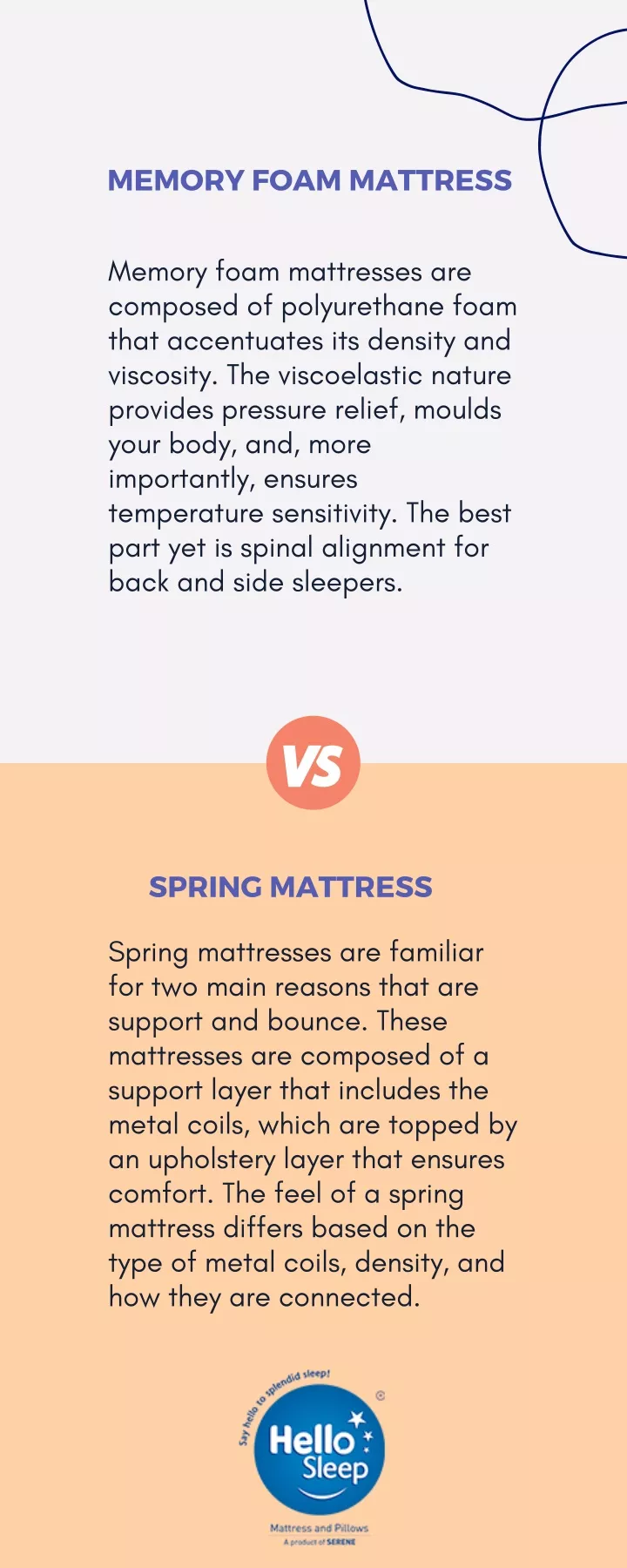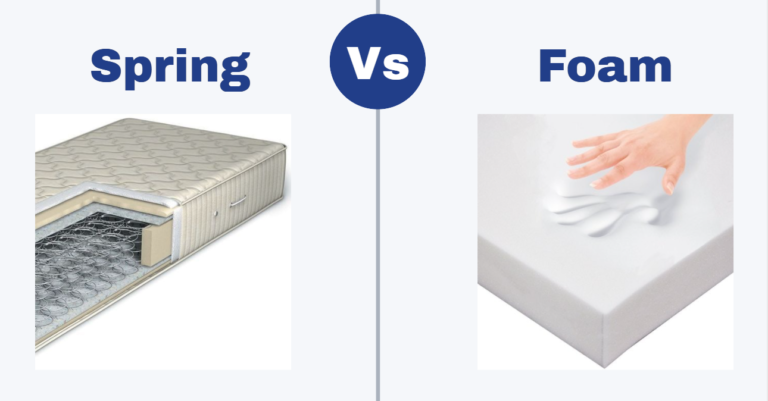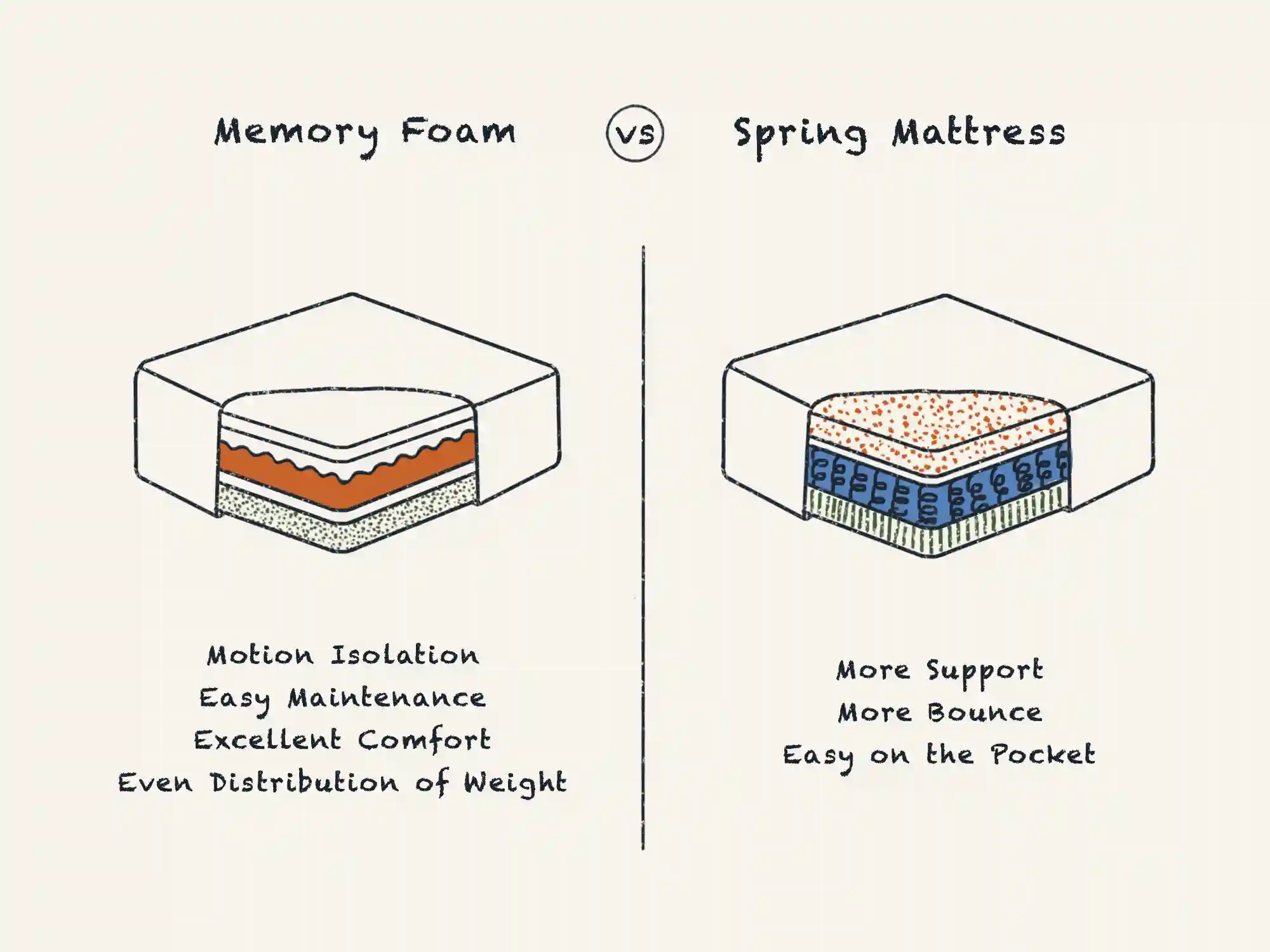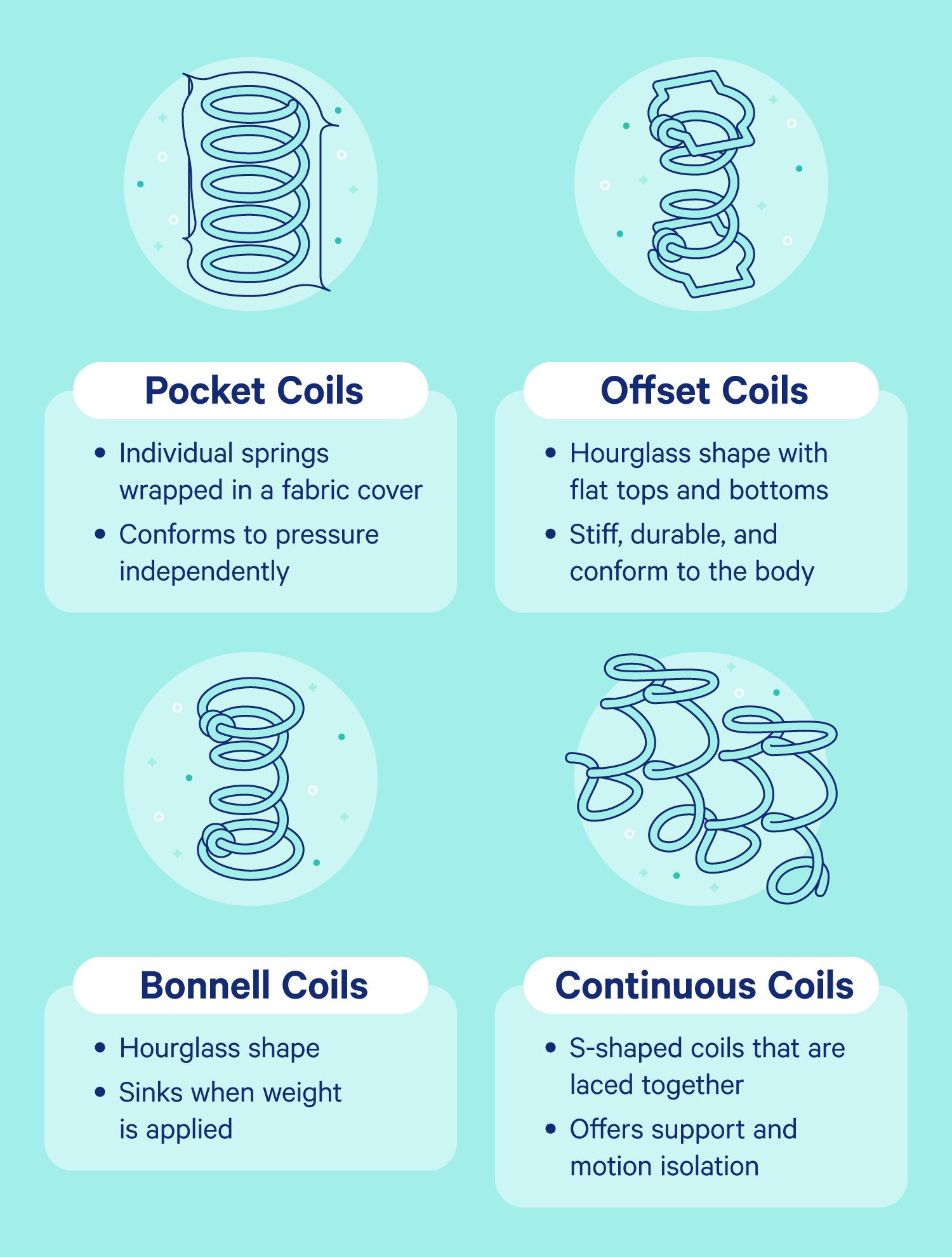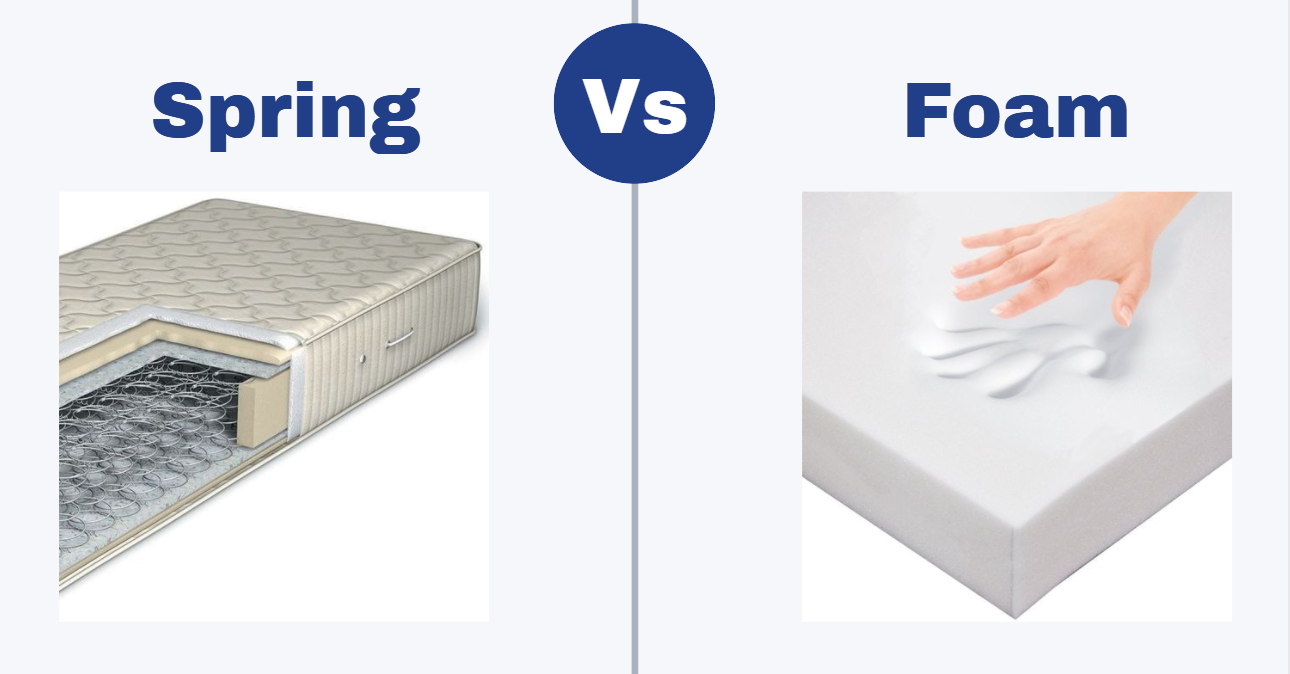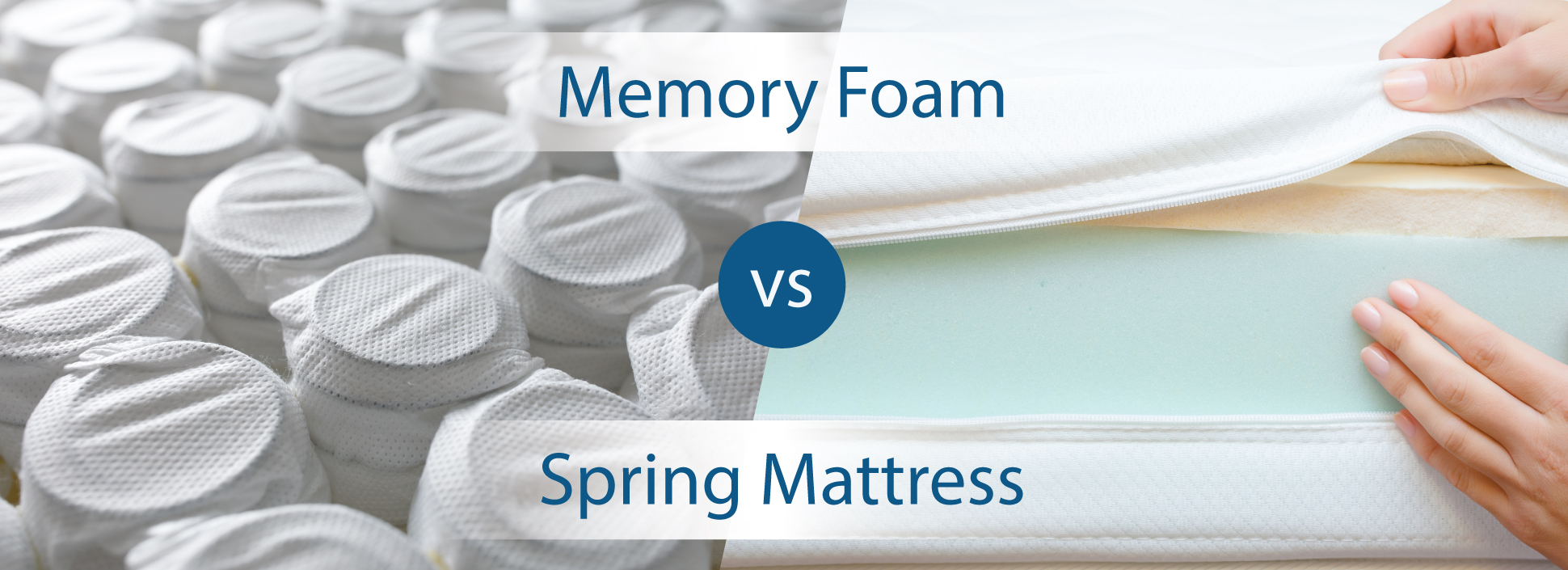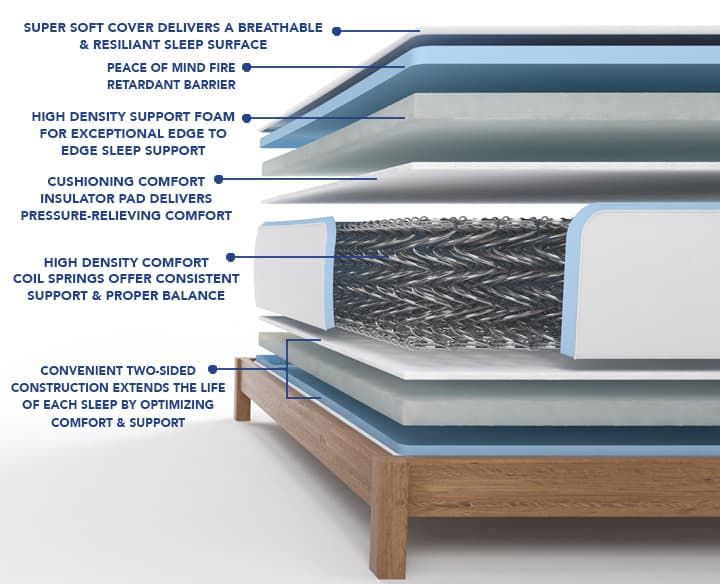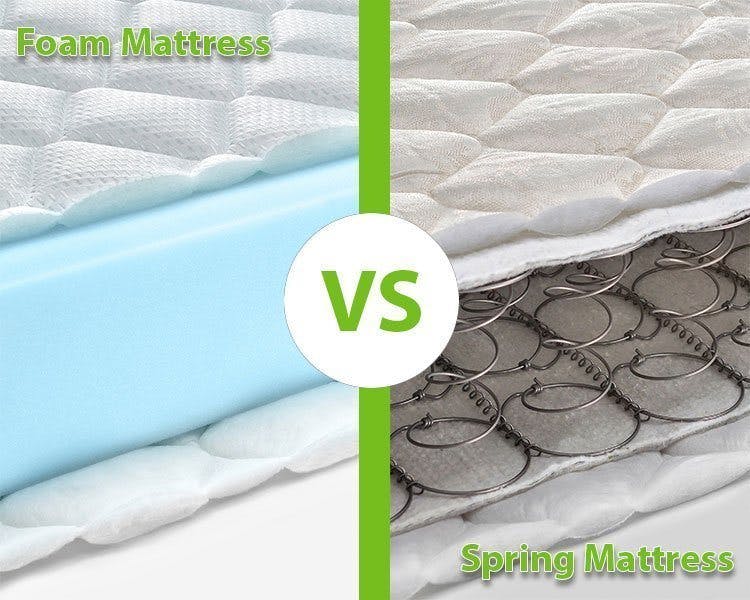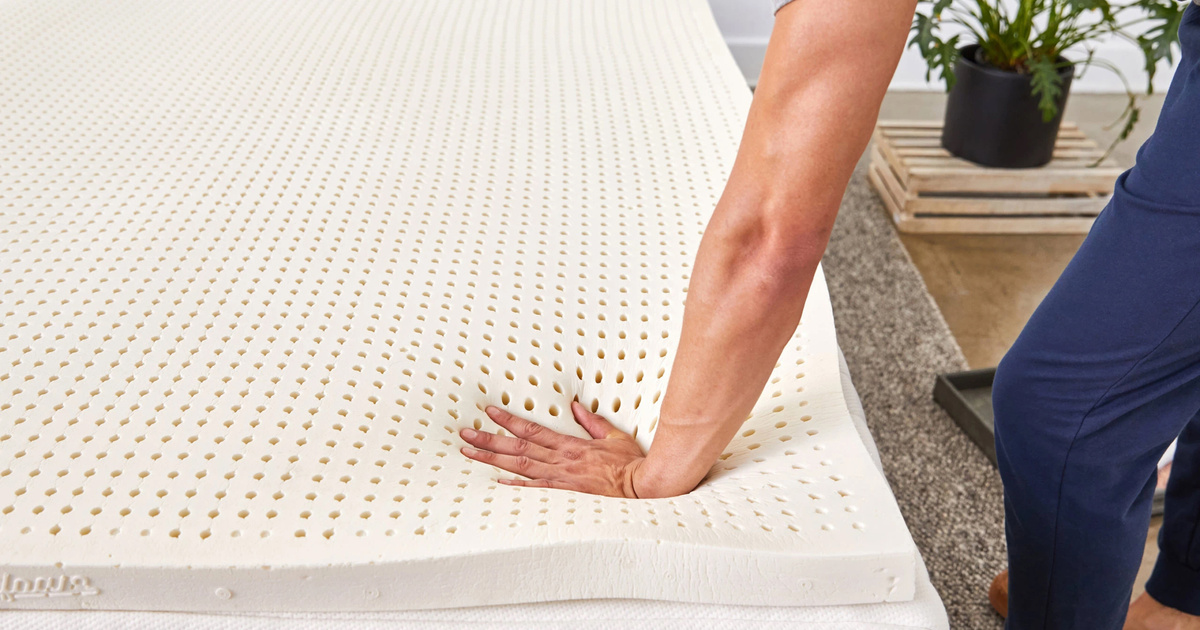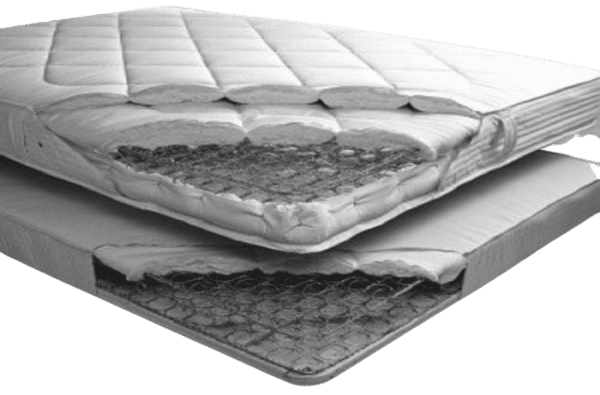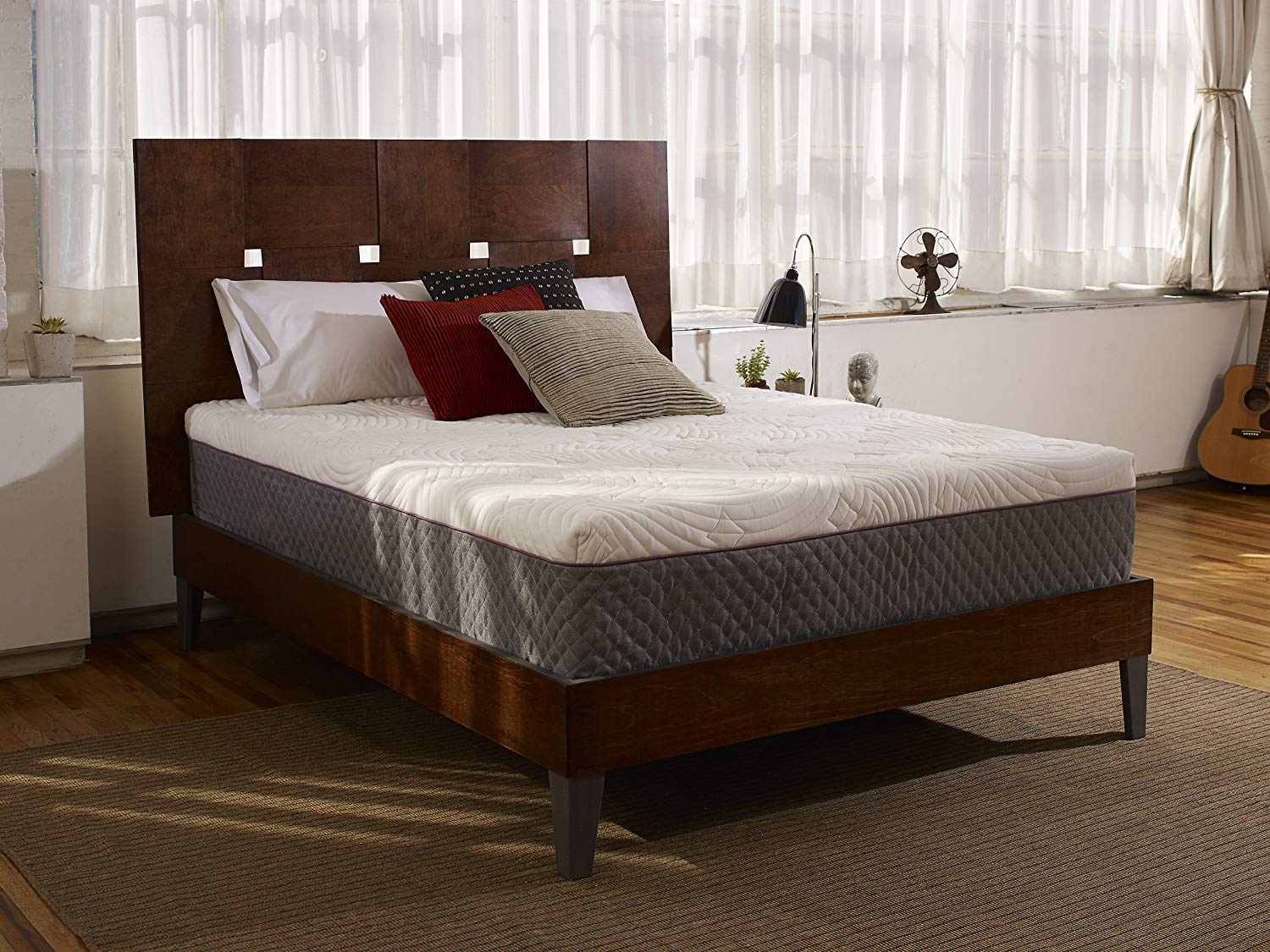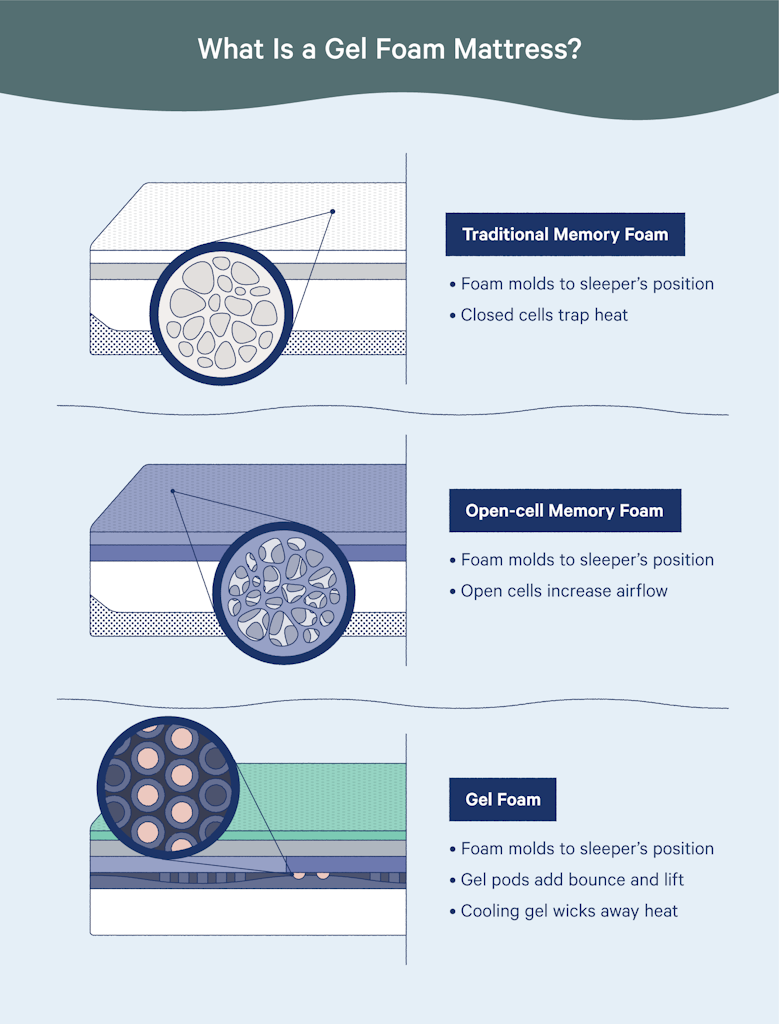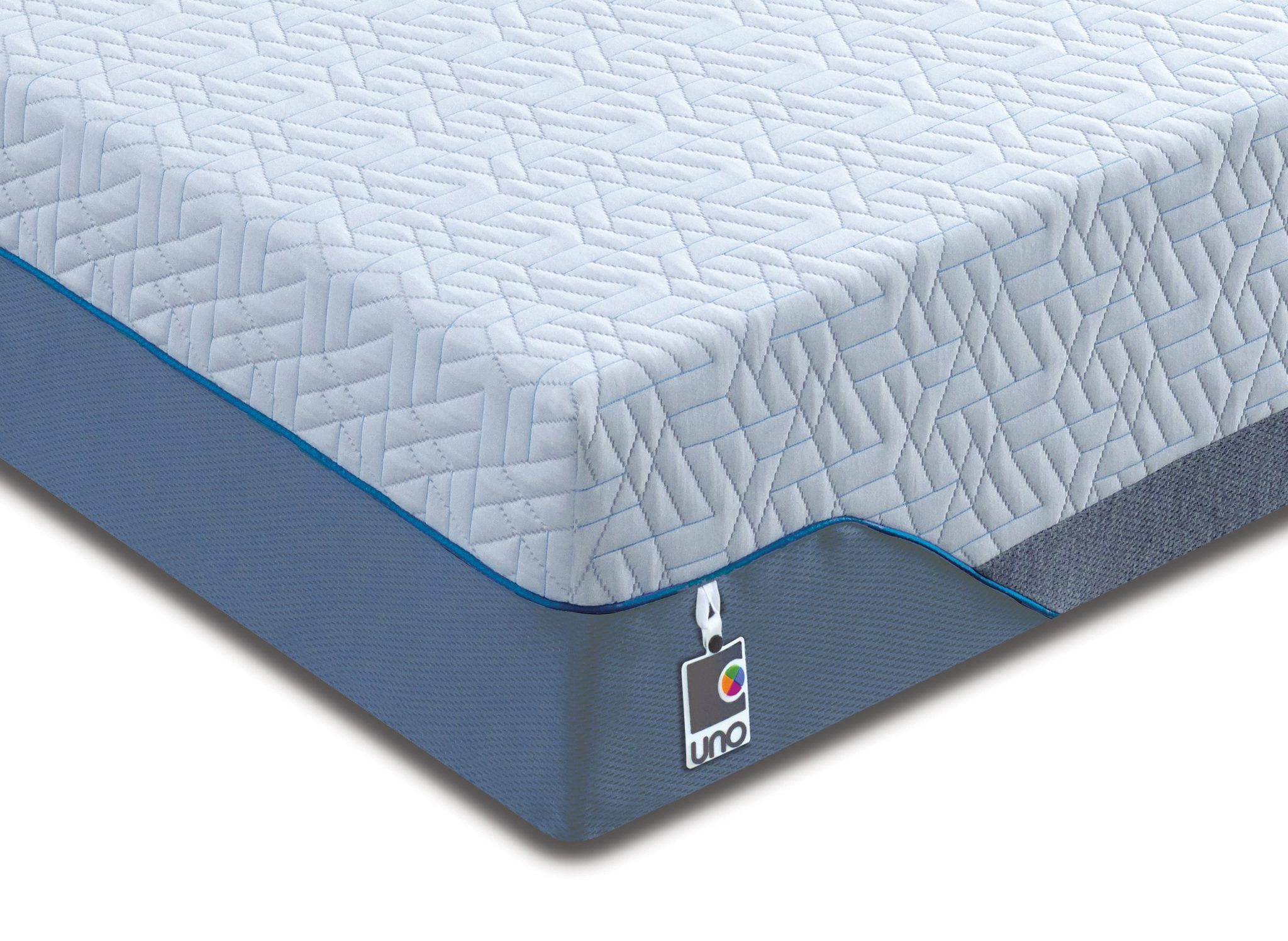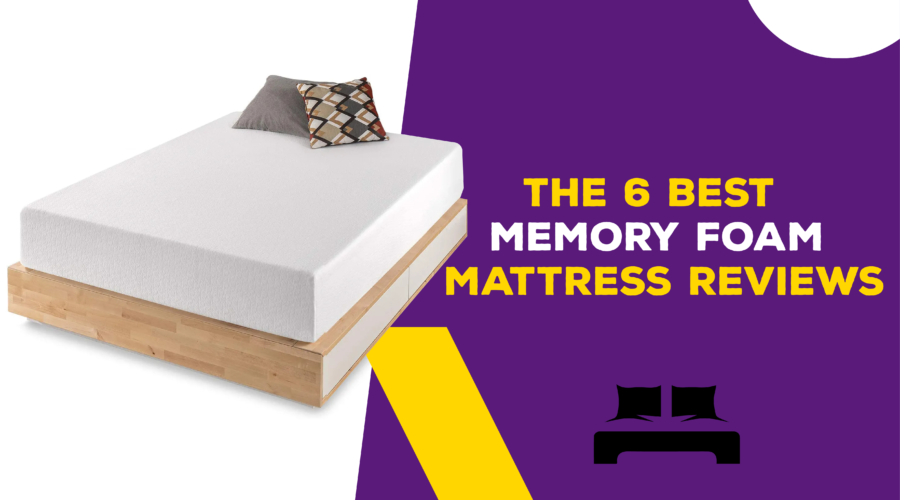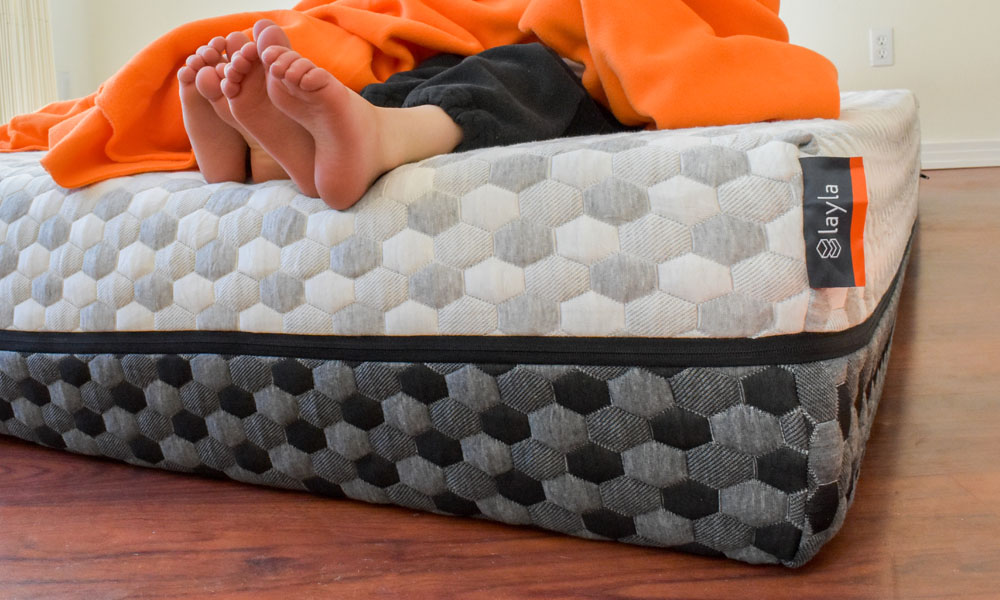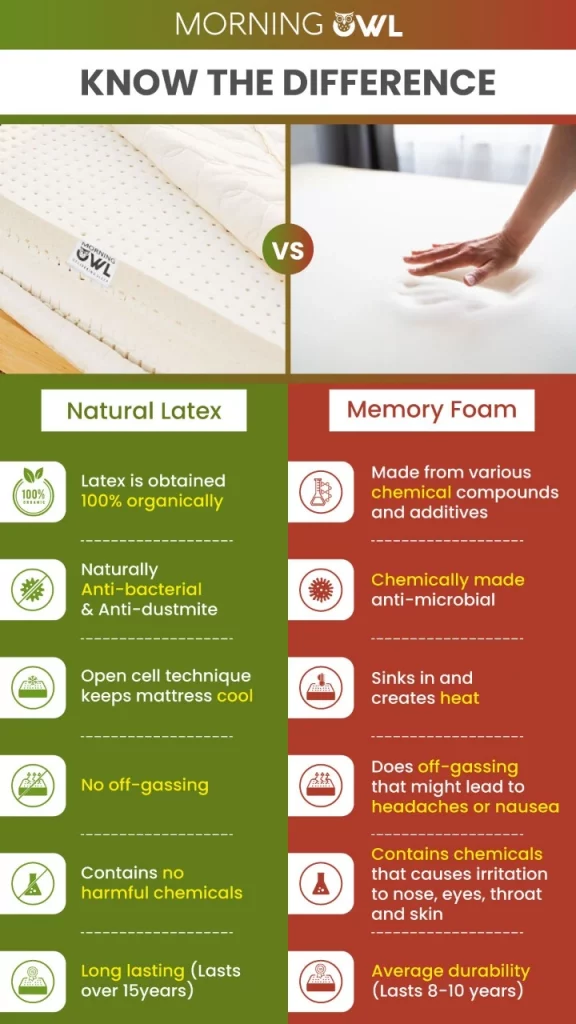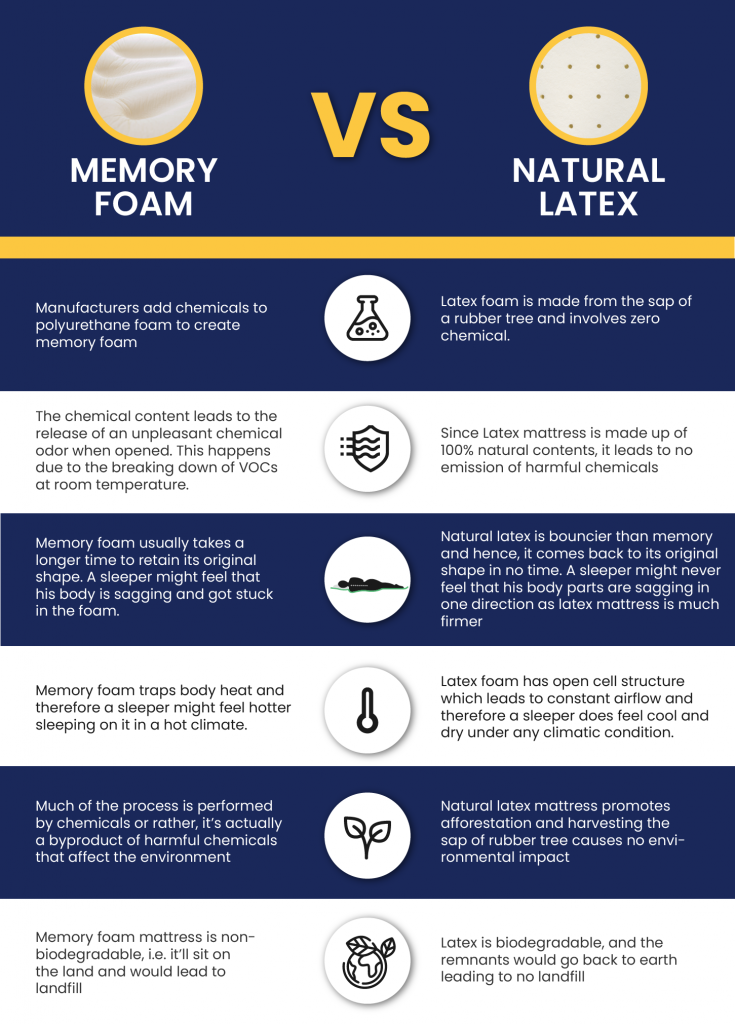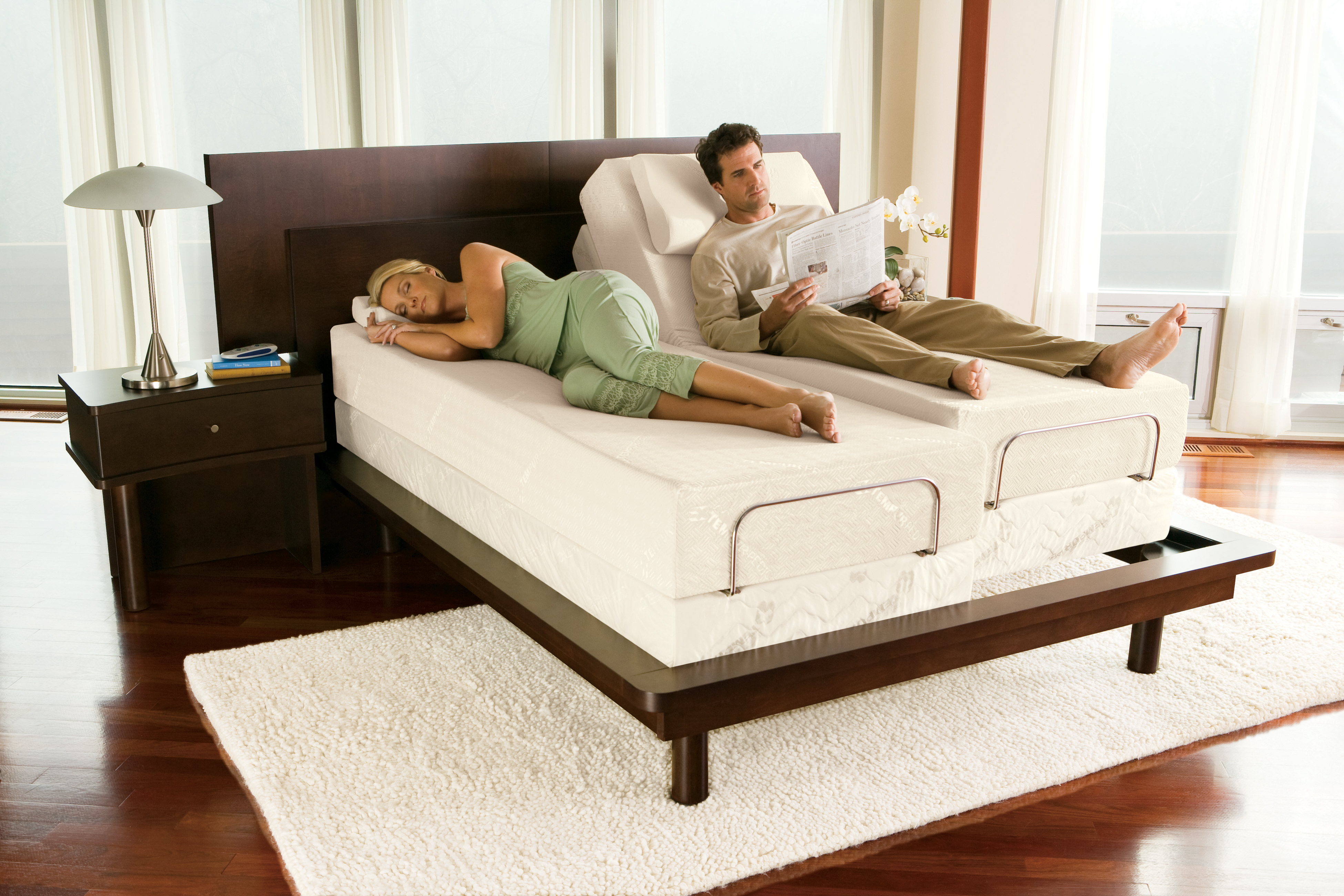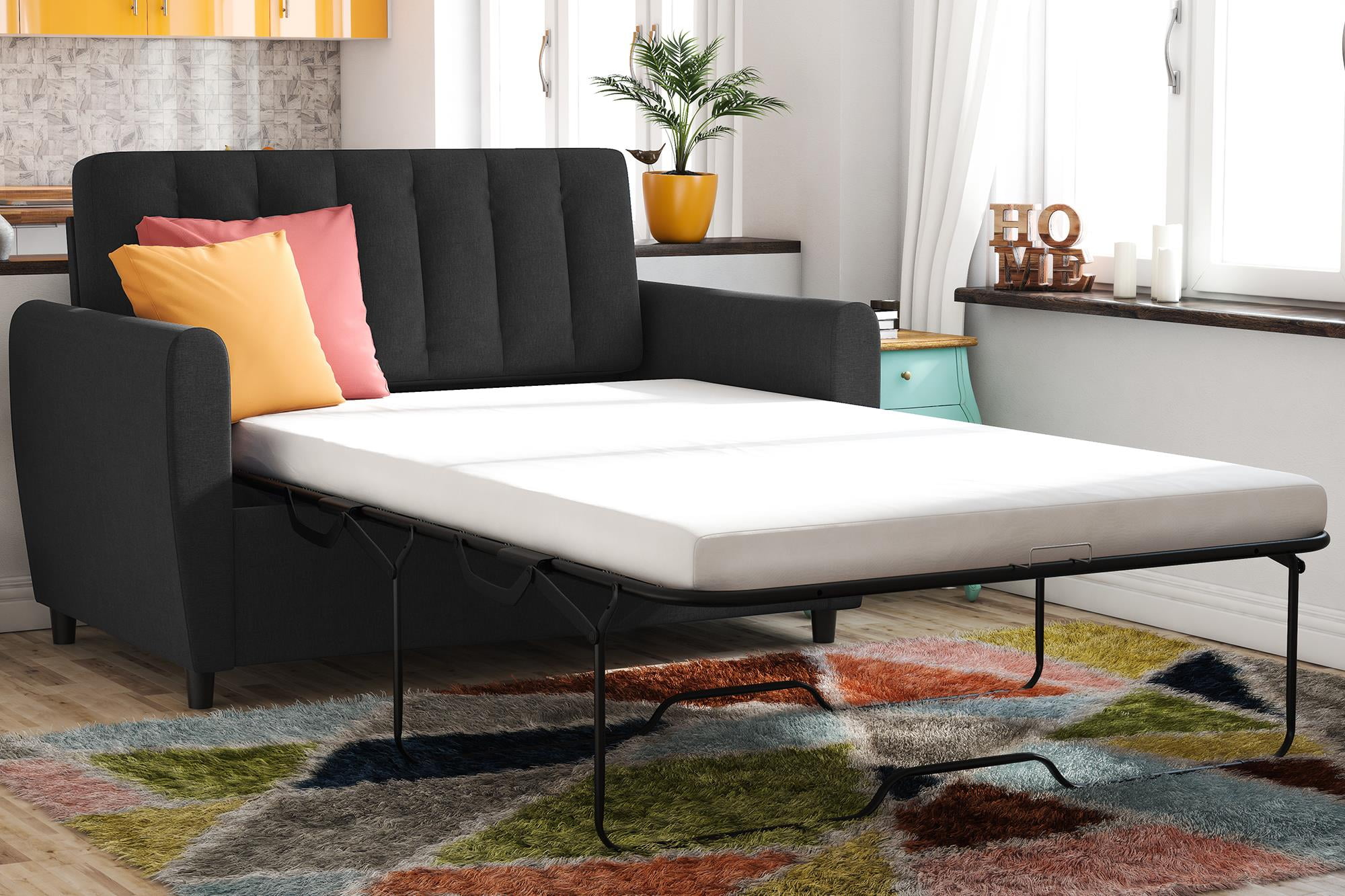When it comes to choosing a new mattress, there are a lot of options to consider. However, two of the most popular choices are memory foam and spring mattresses. Both offer unique benefits and features, making it a tough decision for many consumers. In this article, we will compare the two types of mattresses to help you determine which one is better for you.Memory Foam vs Spring Mattress: Which One is Better?
Before we dive into the differences between memory foam and spring mattresses, let's take a look at the pros and cons of each. Memory Foam Mattresses Pros:Comparing Memory Foam and Spring Mattresses: Pros and Cons
Now, let's delve into the main differences and similarities between memory foam and spring mattresses. Construction: The main difference between memory foam and spring mattresses lies in their construction. Memory foam mattresses are made of layers of foam, with a top layer of memory foam that conforms to your body. On the other hand, spring mattresses have a core of metal coils or springs, with a layer of padding on top. Comfort and Support: Memory foam mattresses offer a more contouring and supportive feel, as the foam molds to your body and relieves pressure points. Spring mattresses, on the other hand, provide a bouncier and more traditional support. Durability: Memory foam mattresses are known to be more durable and long-lasting compared to spring mattresses. This is because they are made of high-density foam that can withstand regular use without losing its shape. Spring mattresses, on the other hand, may start to sag or lose support after a few years. Back Pain Relief: Both memory foam and spring mattresses can provide relief for back pain, but for different reasons. Memory foam mattresses distribute weight evenly, reducing pressure on the spine. Spring mattresses, on the other hand, may provide more support for those with back pain, as they offer a firmer surface.Memory Foam vs Spring Mattress: Differences and Similarities
Now that you know the main differences between memory foam and spring mattresses, there are a few more factors to consider before making your decision. Price: Memory foam mattresses tend to be more expensive than spring mattresses. However, keep in mind that they also tend to last longer, making them a better long-term investment. Sleeping Position: Your preferred sleeping position can also play a role in determining which mattress is best for you. Side sleepers may find memory foam mattresses more comfortable as they provide pressure relief for the hips and shoulders. Back and stomach sleepers may prefer the support of a spring mattress. Temperature Sensitivity: If you tend to sleep hot, a memory foam mattress may not be the best option for you. The dense foam can retain heat, making it uncomfortable for some sleepers. Spring mattresses allow for more airflow, making them a cooler option.Choosing Between Memory Foam and Spring Mattresses: What You Need to Know
To better understand the differences between memory foam and spring mattresses, let's take a closer look at the materials used in each. Memory Foam Mattresses: As the name suggests, memory foam mattresses are made of foam, typically with a top layer of memory foam. The foam is designed to respond to pressure and heat, molding to your body to provide support and comfort. The density of the foam can vary, with higher density foams being more durable and supportive. Spring Mattresses: Spring mattresses are made of a core of metal coils or springs, with a layer of padding on top. The type of coils used can vary, from traditional Bonnell coils to more advanced pocket coils. The padding layer can also vary in thickness and materials, providing different levels of comfort and support.Understanding the Construction and Materials of Memory Foam and Spring Mattresses
When it comes to price, spring mattresses tend to be more affordable compared to memory foam mattresses. However, keep in mind that a higher quality spring mattress may still come with a higher price tag. Memory foam mattresses may be a more expensive upfront cost, but they also tend to last longer, making them a better long-term investment.Memory Foam vs Spring Mattress: Which One is More Affordable?
One of the main benefits of memory foam mattresses is their ability to isolate motion. This means that if you or your partner move during the night, the movement will not transfer to the other side of the bed. This can be beneficial for couples who have different sleep schedules or for those who are easily disturbed by movement. Spring mattresses, on the other hand, may have more bounce and may transfer more motion, which can be disruptive for some sleepers. In conclusion, both memory foam and spring mattresses have their own unique benefits and features. It ultimately comes down to personal preference and what you value most in a mattress. Consider your sleeping position, budget, and any specific needs you have, such as back pain relief or temperature sensitivity, before making your decision. Whichever option you choose, make sure to properly research and test out different mattresses to ensure you get the best night's sleep possible.Comparing the Motion Isolation and Bounce of Memory Foam and Spring Mattresses
Memory Foam vs. Spring Mattress: Which One is Right for You?
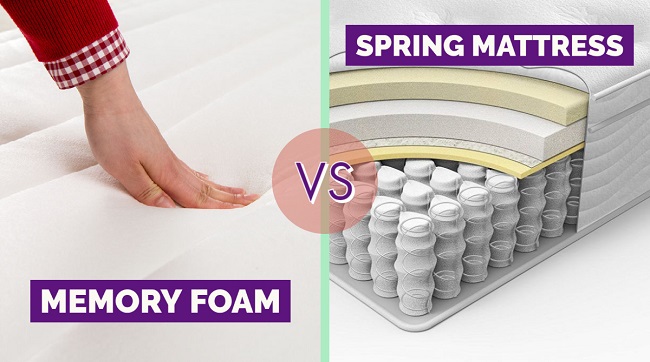
The Battle of Comfort and Support
 When it comes to choosing a mattress, there are many factors to consider. One of the biggest decisions you will have to make is the type of mattress you want to invest in. Two popular options in the market are memory foam and spring mattresses. Both offer unique benefits and have their own set of loyal fans. In this article, we will compare these two types of mattresses to help you make an informed decision that suits your needs and preferences.
When it comes to choosing a mattress, there are many factors to consider. One of the biggest decisions you will have to make is the type of mattress you want to invest in. Two popular options in the market are memory foam and spring mattresses. Both offer unique benefits and have their own set of loyal fans. In this article, we will compare these two types of mattresses to help you make an informed decision that suits your needs and preferences.
Memory Foam Mattress
 Memory foam
mattresses are made of a special type of foam that conforms to the shape of your body, providing pressure relief and support. This material was originally developed by NASA in the 1960s to improve cushioning and crash protection for pilots and passengers. Today, memory foam mattresses are known for their ability to contour to your body, reducing pressure points and promoting proper spinal alignment. This makes them a popular choice for people with back pain or those looking for extra comfort.
Memory foam
mattresses are made of a special type of foam that conforms to the shape of your body, providing pressure relief and support. This material was originally developed by NASA in the 1960s to improve cushioning and crash protection for pilots and passengers. Today, memory foam mattresses are known for their ability to contour to your body, reducing pressure points and promoting proper spinal alignment. This makes them a popular choice for people with back pain or those looking for extra comfort.
Spring Mattress
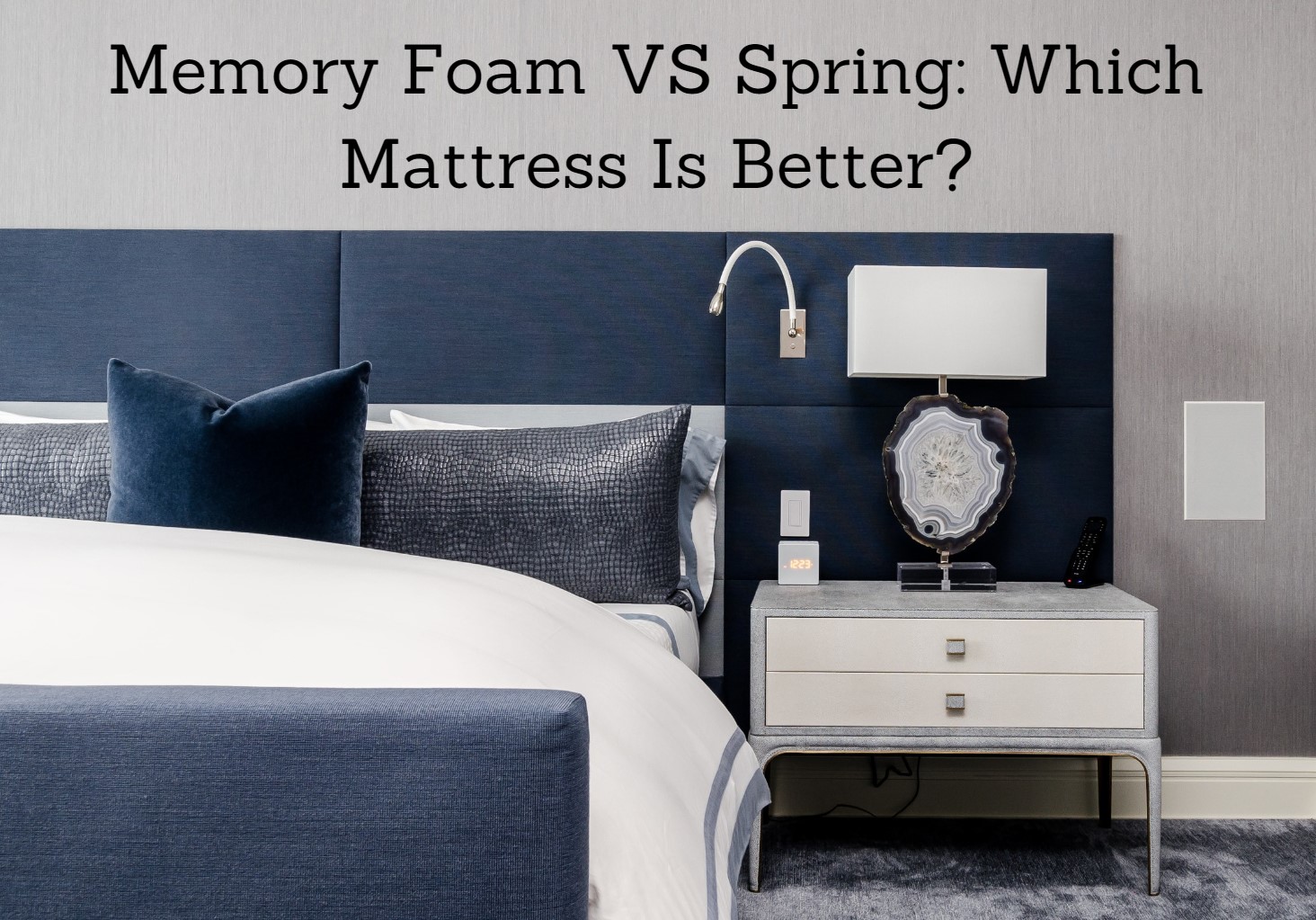 Spring
mattresses, also known as innerspring mattresses, are made of metal coils or springs that provide support and bounce. These mattresses have been around for a long time and are the traditional choice for many households. The number of coils and their placement can affect the level of support and comfort. Generally, the more coils a mattress has, the more support it will provide. Spring mattresses are also known for their breathability, making them a great option for hot sleepers.
Spring
mattresses, also known as innerspring mattresses, are made of metal coils or springs that provide support and bounce. These mattresses have been around for a long time and are the traditional choice for many households. The number of coils and their placement can affect the level of support and comfort. Generally, the more coils a mattress has, the more support it will provide. Spring mattresses are also known for their breathability, making them a great option for hot sleepers.
Comparison
 Both memory foam and spring mattresses have their own unique qualities, but there are some key differences that set them apart. The most significant difference between the two is the level of support and comfort they provide. Memory foam mattresses are known for their ability to relieve pressure points and provide excellent support for your body. On the other hand, spring mattresses offer more bounce and are better suited for people who prefer a firmer sleeping surface.
Another important factor to consider is motion transfer. Memory foam mattresses are known for their ability to absorb motion, making them an ideal choice for couples or those who share a bed. Spring mattresses, on the other hand, tend to transfer motion, which can be a problem for light sleepers.
Both memory foam and spring mattresses have their own unique qualities, but there are some key differences that set them apart. The most significant difference between the two is the level of support and comfort they provide. Memory foam mattresses are known for their ability to relieve pressure points and provide excellent support for your body. On the other hand, spring mattresses offer more bounce and are better suited for people who prefer a firmer sleeping surface.
Another important factor to consider is motion transfer. Memory foam mattresses are known for their ability to absorb motion, making them an ideal choice for couples or those who share a bed. Spring mattresses, on the other hand, tend to transfer motion, which can be a problem for light sleepers.
Which One is Right for You?
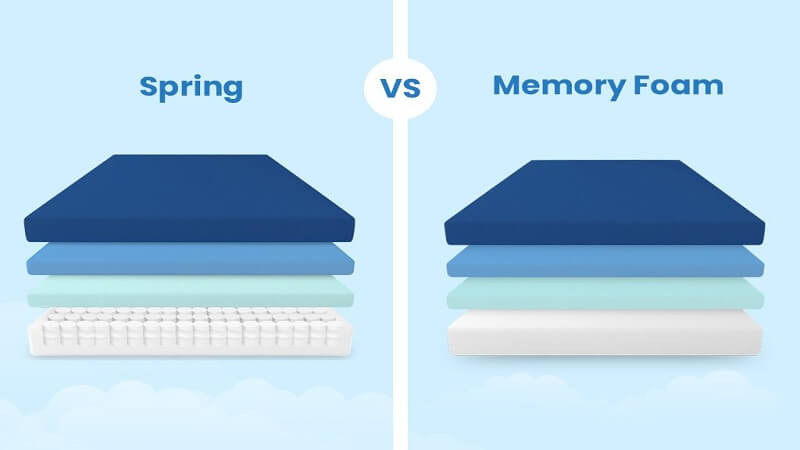 Deciding between a memory foam or spring mattress ultimately depends on your personal preferences and needs. If you are looking for maximum comfort and pressure relief, a memory foam mattress is the way to go. On the other hand, if you prefer a bouncier and firmer sleeping surface, a spring mattress might be the better option for you.
In conclusion, both memory foam and spring mattresses have their own unique features and benefits. It's important to consider your sleeping preferences, budget, and any specific health concerns before making a decision. Whichever one you choose, make sure to do your research and invest in a high-quality mattress for a good night's sleep.
Deciding between a memory foam or spring mattress ultimately depends on your personal preferences and needs. If you are looking for maximum comfort and pressure relief, a memory foam mattress is the way to go. On the other hand, if you prefer a bouncier and firmer sleeping surface, a spring mattress might be the better option for you.
In conclusion, both memory foam and spring mattresses have their own unique features and benefits. It's important to consider your sleeping preferences, budget, and any specific health concerns before making a decision. Whichever one you choose, make sure to do your research and invest in a high-quality mattress for a good night's sleep.
